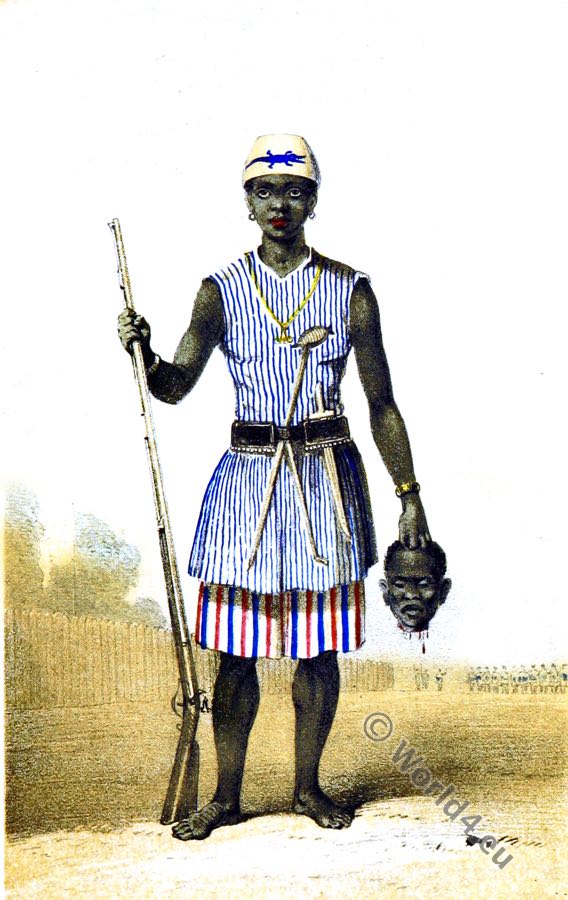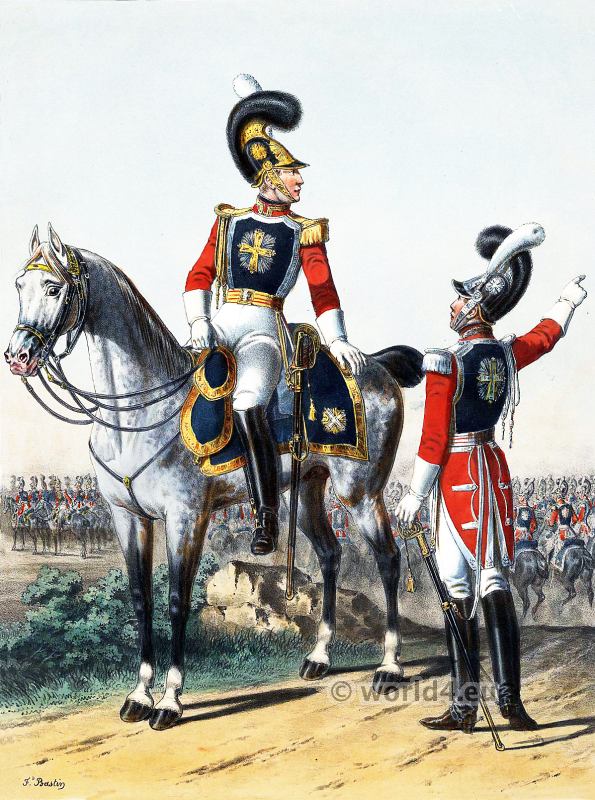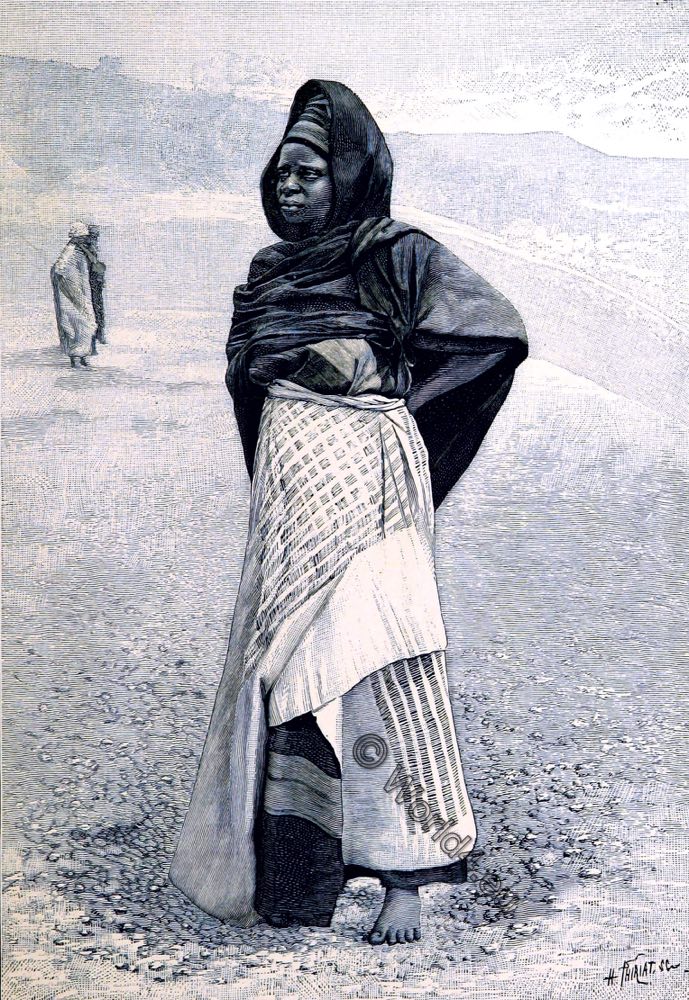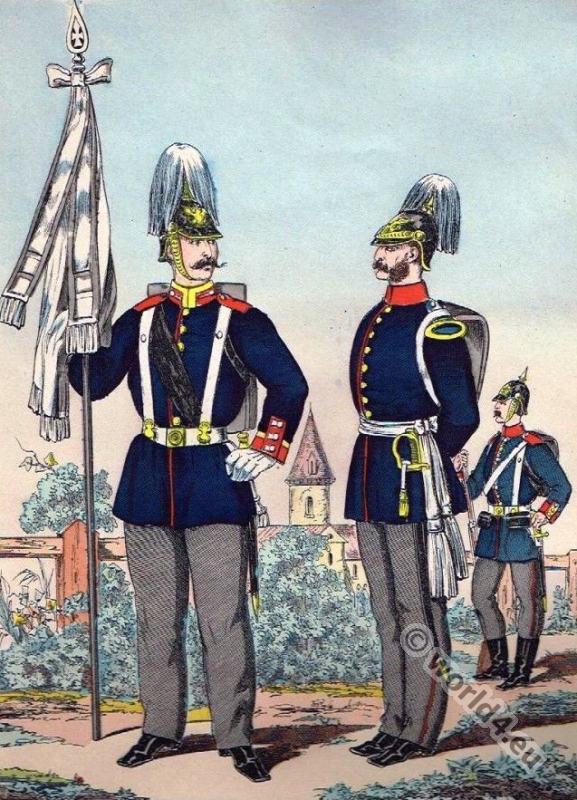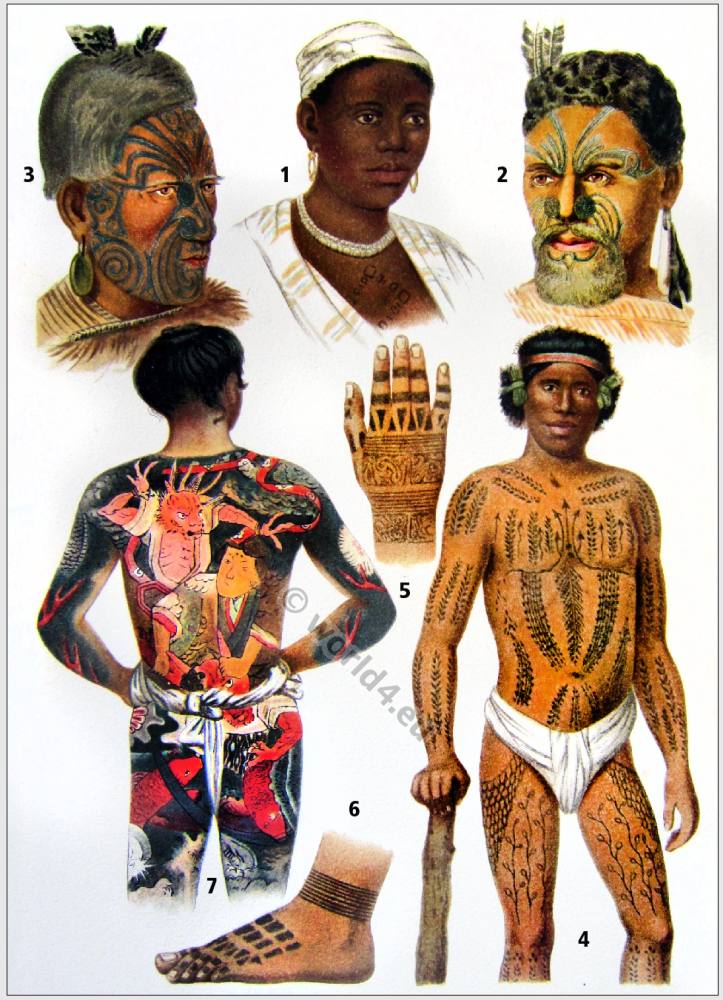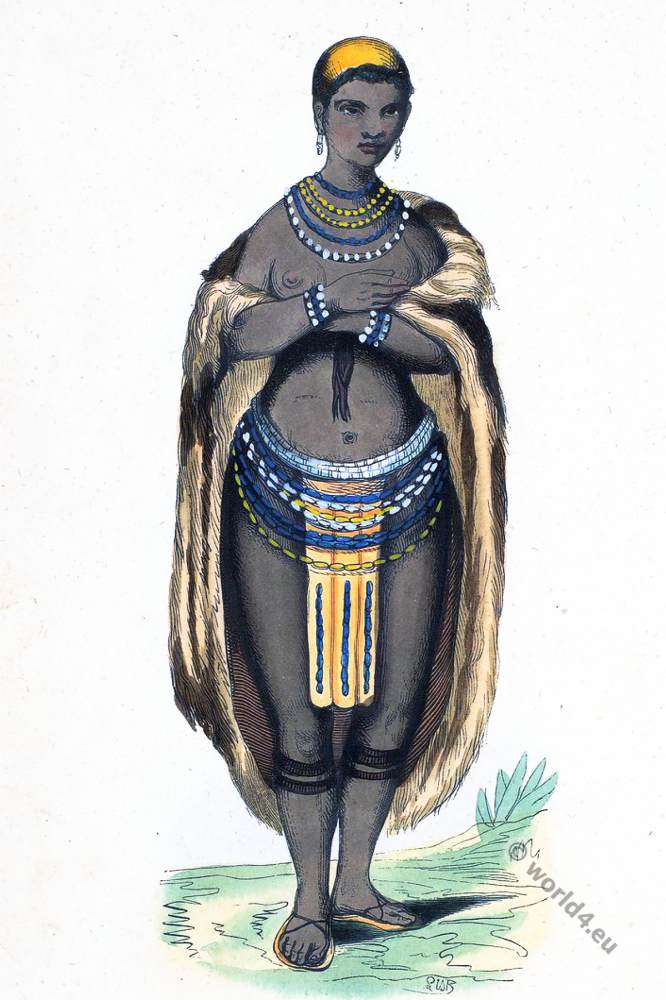Seh-Dong-Hong-Beh. An Amazon in the Dahohman Army.
From the 17th to the late 19th century Dahomey had women regiments in the army.
Dahomey or Dahomey was a West African kingdom that existed about 260 years on the coast of the Bight of Benin. The Kingdom of Dahomey was founded in the 17th century and lasted until the late 19th century. It was conquered by French troops from Senegal and later became part of French West Africa. Economic benefiting the kings of Dahomey from the slave trade on the coasts.
Dahohman Army
From the book: In war, the miegan’s soldiers are joined by the miegan’s amazons, and thus form the right or advanced battalion. The amazons are not supposed to marry, and, by their own statement, they have changed their sex. “We are men,” say they, “not women.” All dress alike, diet alike, and male and female emulate each other: what the males do, the amazons will endeavour to surpass. They all take great care of their arms, polish the barrels, and, except when on duty, keep them in covers. There is no duty at the palace, except when the king is in public, and then a guard of amazons protect the royal person, and, on review, he is guarded by the males; but outside the palace is always a strong detachment of males ready for service.
The amazons are in barracks within the palace enclosure, and under the care of the eunuchs and the camboodee or treasurer. In every action (with males and females), there is some reference to cutting off heads. In their dances— and it is the duty of the soldier and the amazon to be a proficient dancer— with eyes dilated, the right hand is working in a sawlike manner for some time, as if in the act of cutting round the neck, when both hands are used, and a twist is supposed to finish the bloody deed.
Source: Dahomey and the Dahomans: being the journals of two missions to the King of Dahomey, and residence at his capital in the years 1849 and 1850 by Frederick E. Forbes. London 1851.
Related:
[sitecreator show=”13″]
- The dark continent. Africa, the landscape and the people 1931.
- Algeria Maidservant slave in Algiers.
- Berber from Algeria, North Africa. Moorish nomads.
- Historical costumes from Africa, America and Oceania.
- Costumes of all countries by Alexandre Lacauchie 1850s.
- Historical and folk costumes by Franz Lipperheide.
- The costume of Turkey. Ottoman Empire 18th century.
- Africa, the landscape and the people 1931.
- Suisse costumes nationaux
- Traditional French national costumes.
- Tyrolean national costumes 1835.
- Souvenir de L’Exposition Universelle de Vienne.
- Costumes of Japan and Java.
- The Peninsula war. Character, Costume in Portugal and Spain.
- Our islands and their people. Hawaii, Philippines, Puerto Rico, Cuba.
- Traditional Dutch national costumes.
- The Switzerland national costumes of 17th ‚18th, 19th century originals.
- Folk dresses from Norway, Dutch, Germany and Hungaria.
- Mexico by Carl Nebel 1836.
- Typical pictures of Indian Natives.
- The People of India
- Views of Darjeeling: With typical native portraits and groups.
- History of the Indian Tribes of North America
- Chinese sceneries in 19th century. by Thomas Allom.
- Provincial Russia. Costume and Culture.
- Costume of the Russian empire by Edward Harding.
- Serbian national costumes by Vladimir Kirin.
- Historical European costumes by Auguste Wahlen.
- The Highlanders of Scotland, 1870.
- Costumes and scenery of Afghanistan.
- Views of Darjeeling: With typical native portraits and groups.
- Traditional folk costumes of Italy and France in 1821.
- The Serbs in the Adriatic. Their types and costumes 1870-1878.
Discover more from World4 Costume Culture History
Subscribe to get the latest posts sent to your email.

